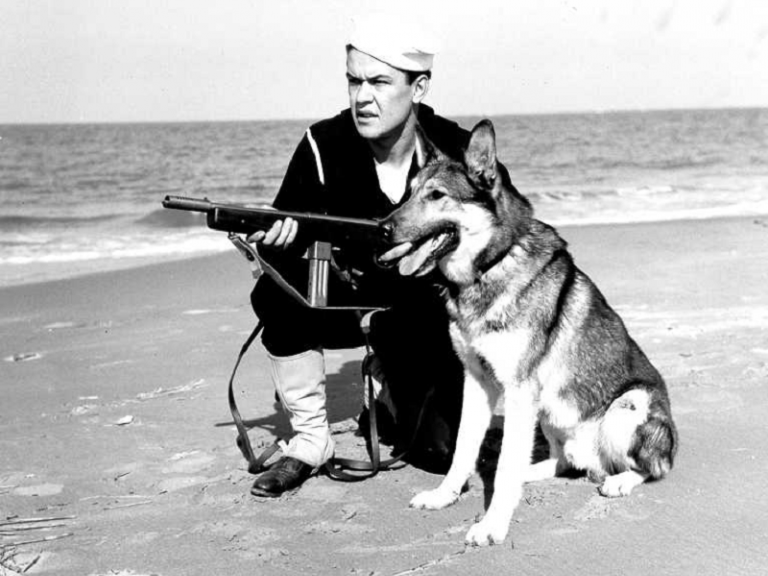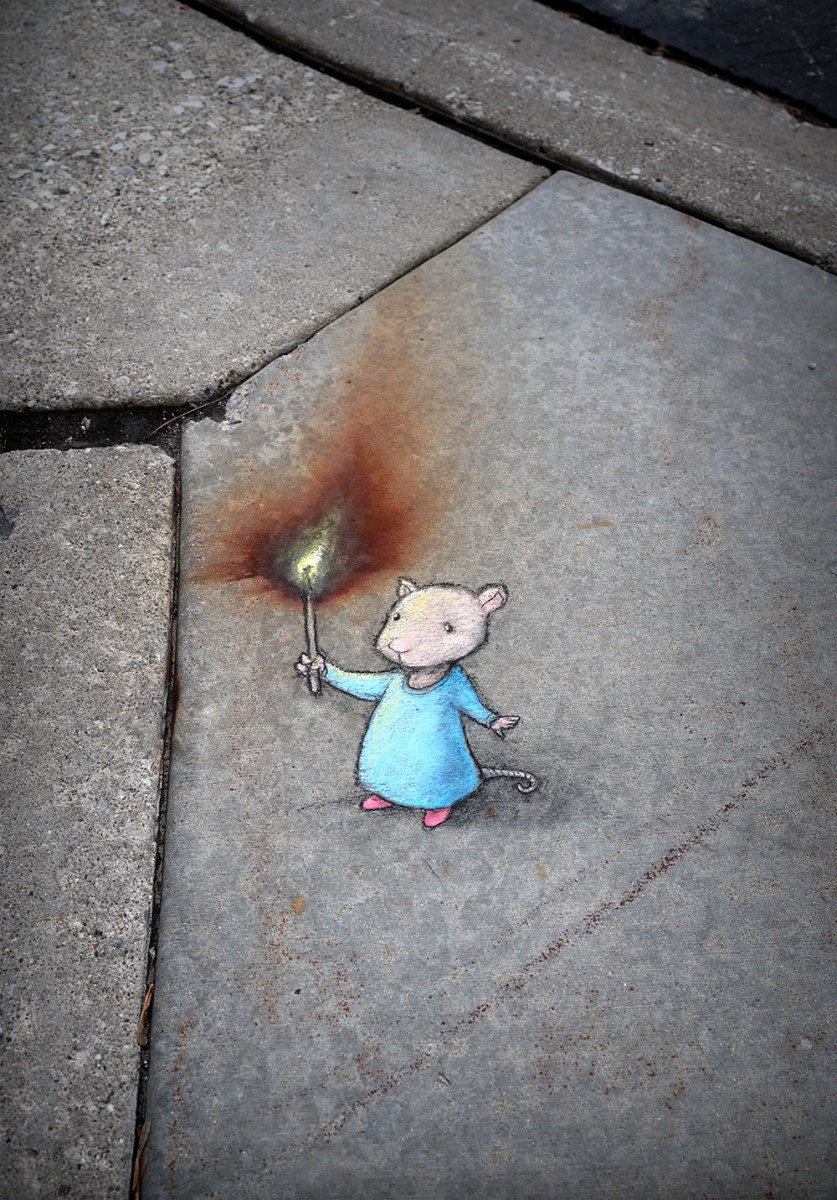The Daily Routines of Famous Creative People
The daily life of great authors, artists and philosophers has long been the subject of fascination among those who look upon their work in awe. After all, life can often feel like, to quote Elbert Hubbard, “one damned thing after another” -- a constant muddle of obligations and responsibilities interspersed with moments of fleeting pleasure, wrapped in gnawing low-level existential panic. (Or, at least, it does to me.) Yet some people manage to transcend this perpetual barrage of office meetings, commuter traffic and the unholy allure of reality TV to create brilliant work. It’s easy to think that the key to their success is how they structure their day.
Mason Currey’s blog-turned-book Daily Rituals describes the workaday life of great minds from W.H. Auden to Immanuel Kant, from Flannery O’Connor to Franz Kafka. The one thing that Currey’s project underlines is that there is no magic bullet. The daily routines are as varied as the people who follow them– though long walks, a ridiculously early wake up time and a stiff drink are common to many.
Read more
Historic Photos
 |
| People gazing at the solar eclipse using black film to protected their eyesight, July 9, 1945, in NYC. Photo by The New York Time |
 |
| Saying goodbye to daddy, WW2. |
 |
| Bathing suit censors with their tape measure at Venice Beach, California in 1929. |
David Bowie’s mugshot from 1976 arrest with Iggy Pop goes on auction
Bowie was arrested in Rochester, New York after police found cannabis on his person
Bowie was held with three others including Pop for three hours after police found the drugs after he’d played a gig in Rochester the previous evening (20 March 1976). The pop star was released on bail for $2,000 [via NYS Music].
The singer pleaded not guilty and a grand jury decided to pass on the case.
Bed-In-A-Car!
The 1949 Nash Airflyte was designed with seats that reclined into convertible beds. In 1936, Nash Motors introduced the “Bed-In-A-Car” feature. Actress Carol Burnett said she was probably conceived in a Nash sleeper seat.
More David Zinn Street Art
The Wonderful World of Chalk Artist David Zinn
He is an American artist known for his street art and illustrations, often featuring fantastical creatures and characters. Here in this blog post, we have collected some of his latest works.
His primary tool is chalk, which is easily washed away by rain. David Zinn’s work can be found on sidewalks, walls, and other surfaces in cities around the world, and he has also created illustrations for books and other publications. He is based in Ann Arbor, Michigan.
 |
| David Zinn: “One nice thing about being drawn in a schoolyard is that you always make some friends” |
Sand Pounders!
In the midst of World War II, the Coast Guard Beach Patrol diligently safeguarded over 3,700 miles of coastline, enlisting the service of approximately 24,000 men.
These patrols, mounted on horseback, operated in pairs, maintaining a distance of around 100 feet from each other while effectively patrolling a 2-mile expanse. Known as "Sand Pounders," these skilled individuals adeptly traversed challenging landscapes with remarkable speed and efficiency. This account dates back to the year 1945.
The Coast Guard Beach Patrol, eventually known as Sand Pounders, began in June 1942 in response to the threat of a German coastal invasion. The three main purposes were to “detect, observe and report offshore enemy vessels; to report enemy landing attempts; and to prevent people on land from communicating with the enemy at sea.” The threat of a coastal invasion by Germany was real to American citizens. German U-boats were a threat to ships crossing the Atlantic and were detected off the Eastern Coast and in the Gulf of Mexico. There was also the fear of invasion on the West Coast by the Japanese.
Coast guards would often be mounted on horses or on foot and were armed with radios and weapons. Those on horseback could cover ground more quickly and efficiently and usually work in pairs. Those on foot were often accompanied by dogs who could aid in detecting and protecting. German Shepherds, Doberman Pinschers and Airedales were used, with the German Shepherd the preferred breed.

At its height, the Beach Patrol consisted of around 24,000 men who protected 2,700 miles of coastline from potential enemy invasion; the patrols ended in 1944 when preparations for the Normandy invasion began. While the Coast Guard is not often given as much mention in World War II as perhaps the other military branches, the Beach Patrol played a vital part in protecting the United States coast from enemy attack.
Banksy confirms north London tree mural is his work [via Nina Reznick]
World-renowned street artist claims mural in Finsbury Park area as his own in an Instagram post on Monday
The new work on the side of a building on Hornsey Road in Finsbury Park, London Photograph: Ella Nunn/PA
A mural that appeared overnight on a residential building in north London is the work of Banksy, the anonymous street artist has confirmed.
The artist claimed the work as his own in an Instagram post on Monday, following a morning of speculation after it was spotted on Hornsey Road in Finsbury Park.
The mural is painted on a wall that sits behind a tree as the viewer looks south-east down Hornsey Road.
It features a lifesize depiction of a woman holding a pressure washer, having apparently sprayed green paint up the side of a block of flats. Viewed with the tree in the foreground and centred on the wall, the green paint mimics the foliage of the plant, which has been cut back in a process known as pollarding.
Crowds of people turned out to see the artwork on Monday morning. Wanja Sellers, a Hornsey Road resident who lives a few doors down from the mural, told the PA Media news agency: “We’re so proud and delighted that Banksy chose our road and chose Finsbury Park for his work.”
Lidia Guerra, another Hornsey Road resident, said: “The way it’s been done, with the paint spraying down, reminds me of a weeping willow, so there’s perhaps a message about the struggle of nature with the dead tree in front. It’s just great – when we read about it last night, we knew we had to come and see it as soon as possible. We feel so proud to think he chose our street.”
Chris Beskin welcomed the mural, saying it is a “great thing to have in our area”. He added: “I’m absolutely delighted to see this on our street – I think it’s great and sends a strong message, I’d like to see more of it, to be honest, the more the merrier. I think it’s probably one of his biggest pieces in a while - and the fact he’s done it on the wall means it can’t just be stolen or easily removed.”
read more: via The Guardian










































